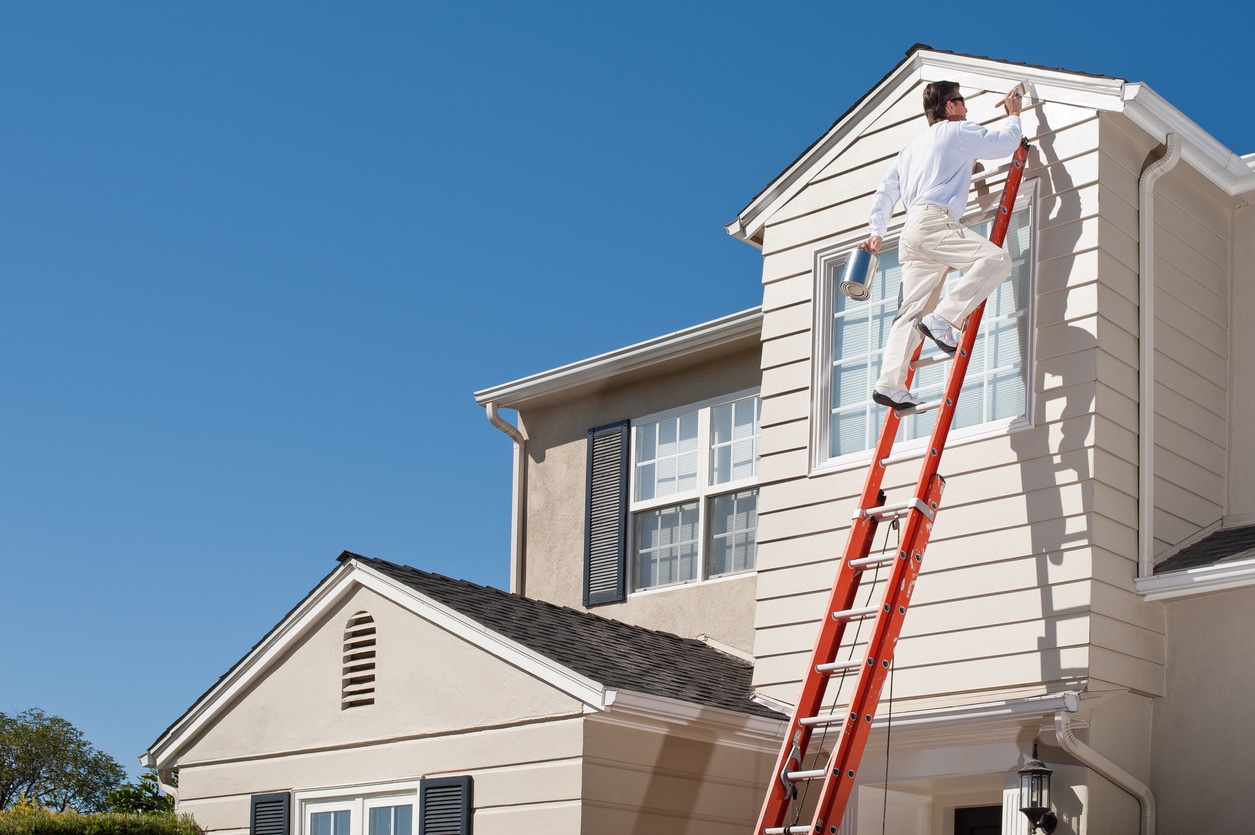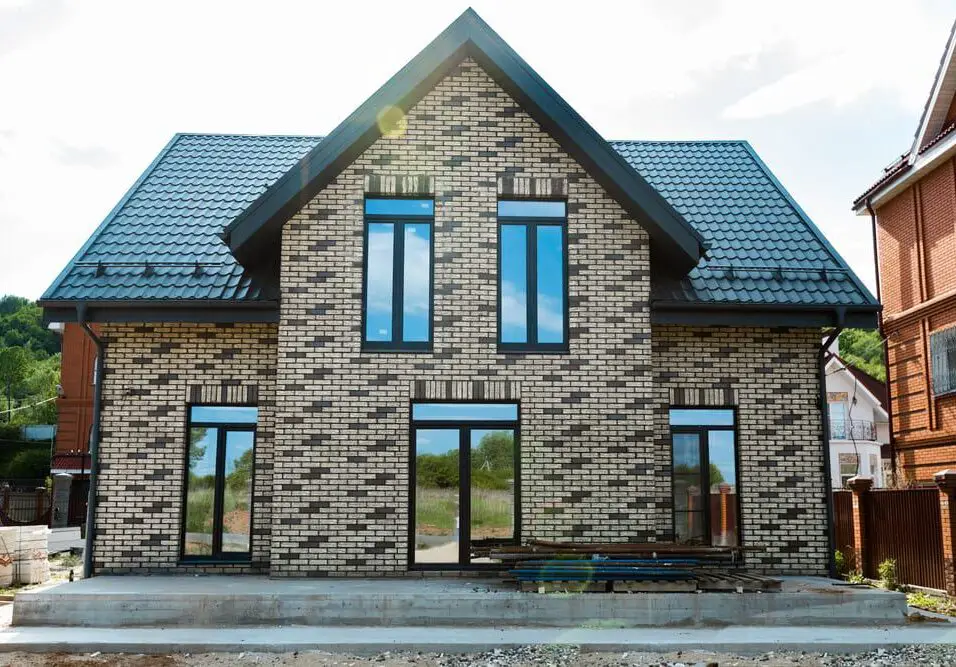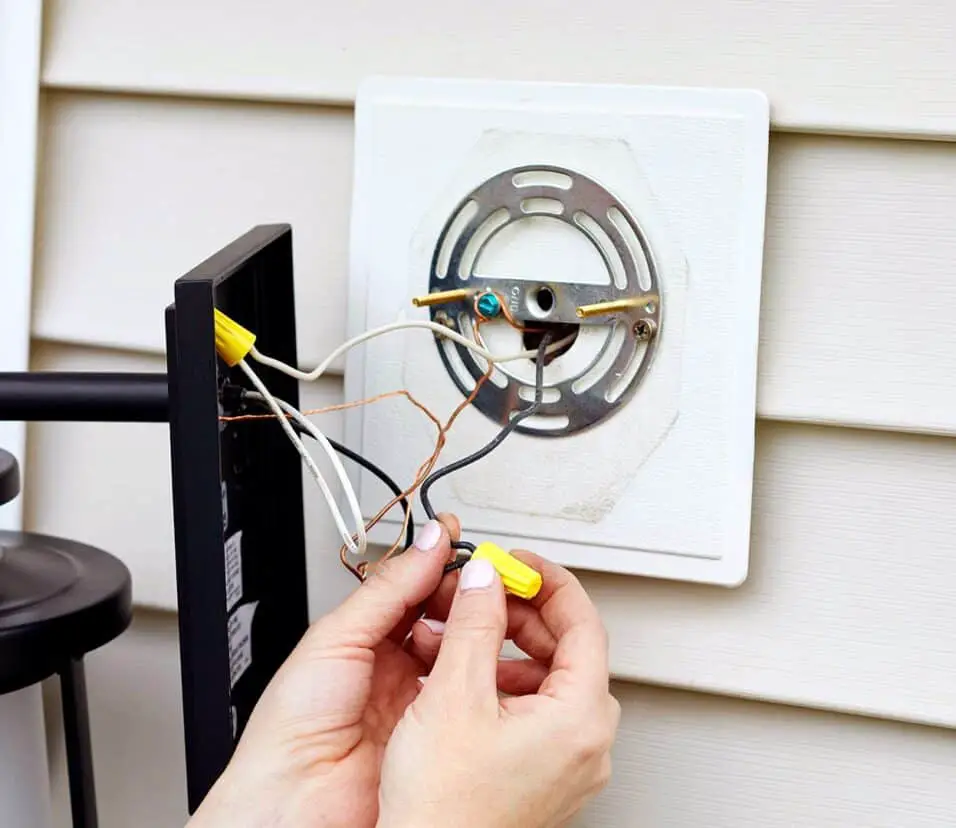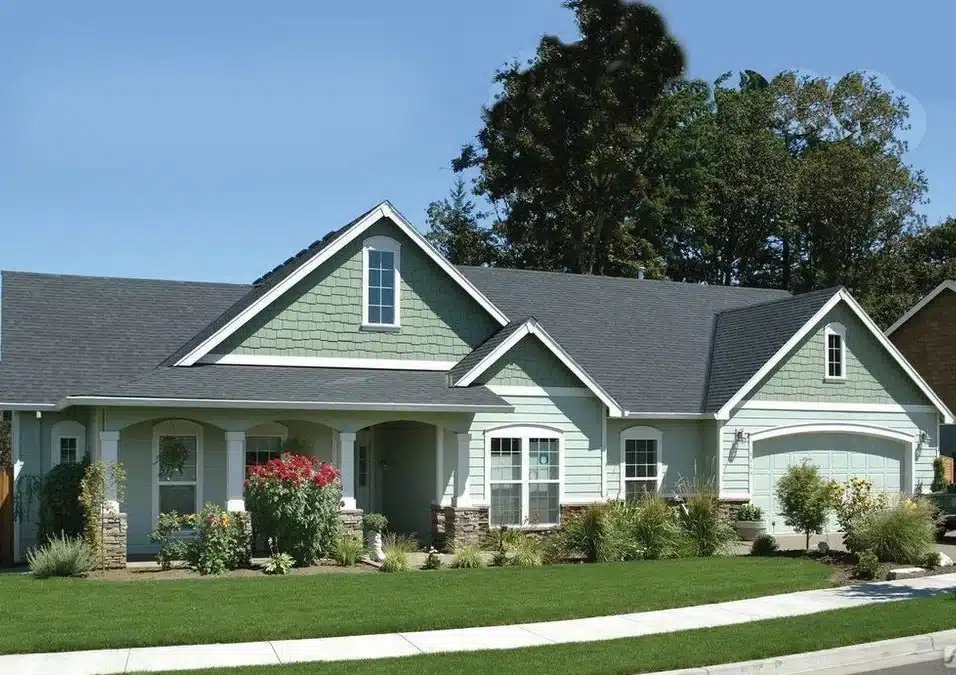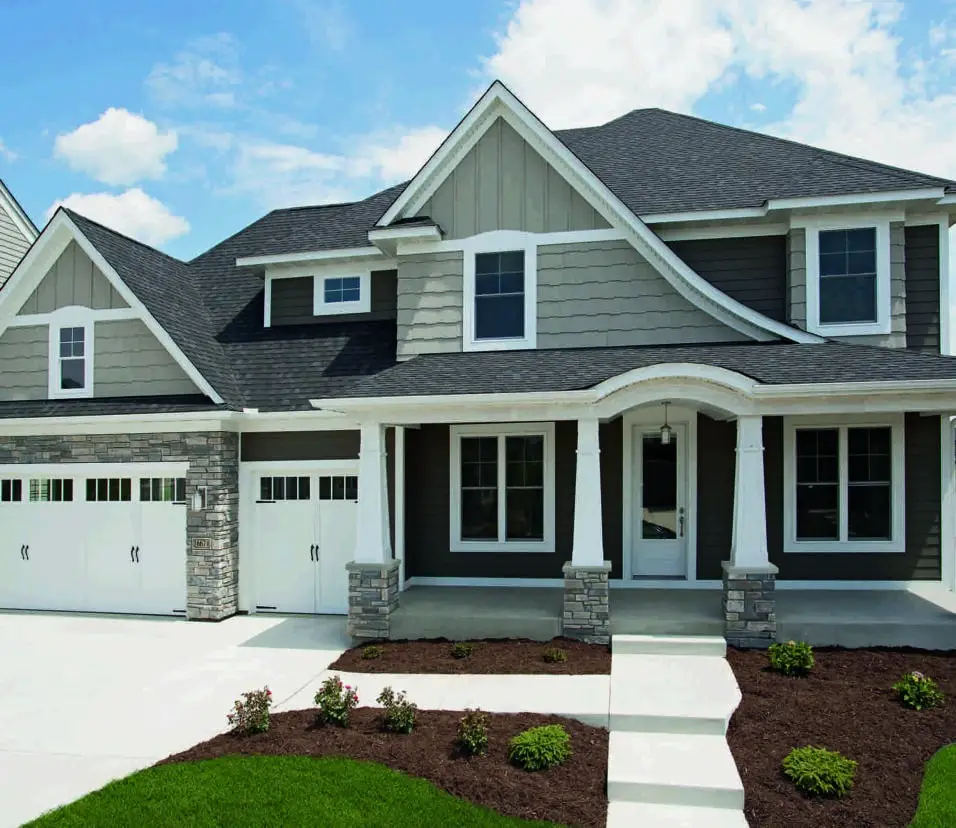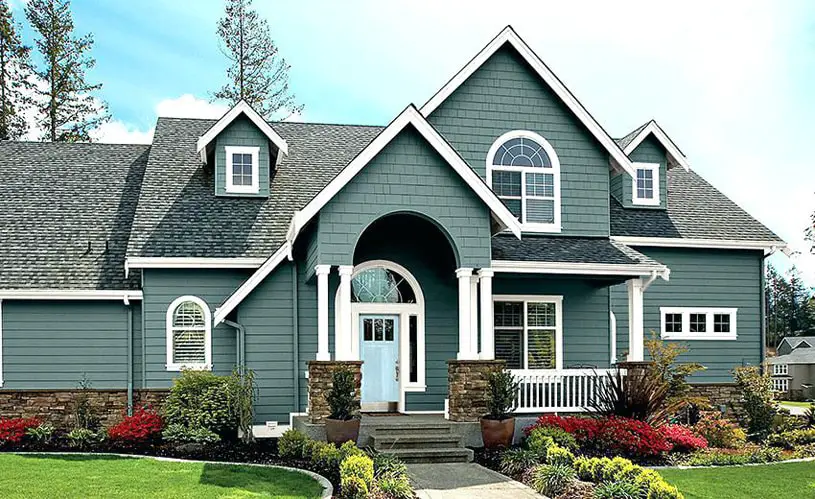How Fast Does Exterior Paint Dry
Introduction
How Fast Does Exterior Paint Dry: Nobody likes to wait days or weeks for their freshly painted house to be used. The type of paint, weather, and surface being painted affect external paint drying time.
The type of paint used plays a significant role in determining how quickly the paint will dry. There are different types of exterior paint available on the market, such as oil-based paint and latex paint. Oil-based paint typically takes longer to dry compared to latex paint. This is because oil-based paint contains solvents that need to evaporate before the paint can fully dry. On the other hand, latex paint dries faster as it is water-based and dries through the process of evaporation.
The weather conditions also have a significant impact on the drying time of exterior paint. It’s important to check the weather forecast before starting your painting project to ensure optimal drying conditions.
The surface being painted is another factor that affects the drying time of exterior paint. Different surfaces, such as wood, stucco, or brick, have different levels of porosity. Porous surfaces tend to absorb more moisture from the paint, which can prolong the drying time.
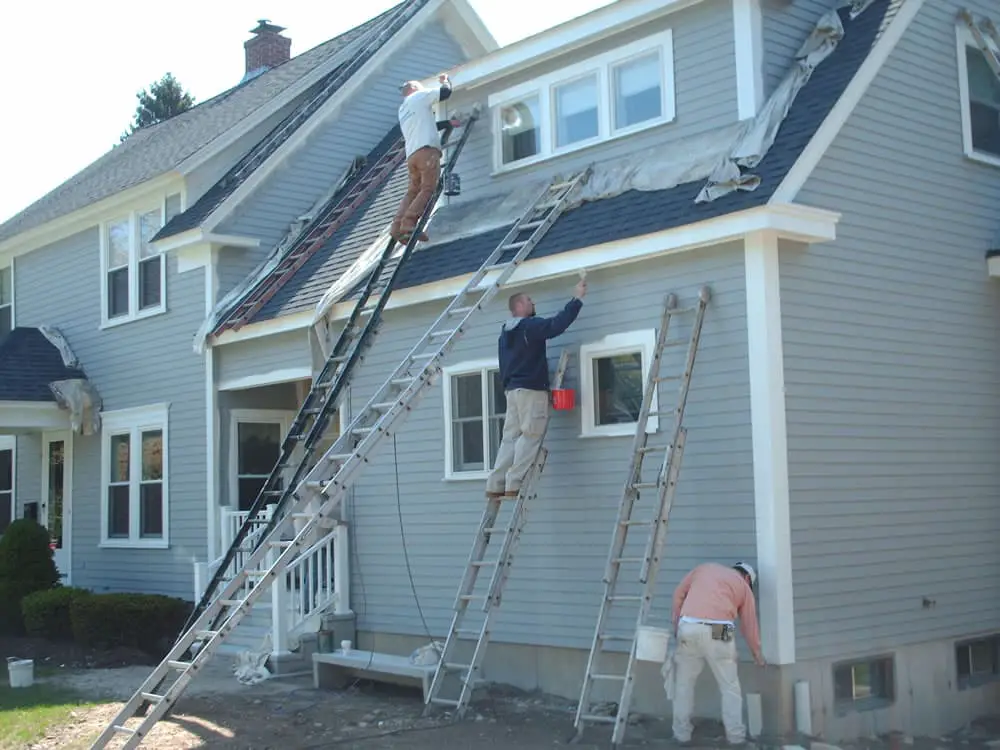
How long does it take exterior paint to fully dry?
When planning out the best time to paint your home’s exterior, you should be conscious of upcoming rainy days. For best results, you should have 5 consecutive, dry, sunny days to allow your paint to fully dry. You need 6 to 24 hours, depending on your paint.
The drying time of exterior paint can vary significantly based on several factors, including the type of paint used, weather conditions, temperature, humidity levels, and the surface being painted. In general, most exterior paints will be touch-dry within 1 to 8 hours after application.
Low temperatures and high humidity levels can slow down the drying process, while warm and dry conditions tend to accelerate it. Oil-based paints and certain specialty coatings might take longer to fully dry compared to water-based latex paints.
It’s crucial to follow the manufacturer’s recommendations on the paint can for specific drying times and any other instructions. To avoid damaging the freshly painted surface, it’s advisable to wait at least 24 hours before subjecting it to any sort of stress, like heavy rain, direct sunlight, or physical contact. Ultimately, patience during the drying process will contribute to a longer-lasting and more attractive paint job on your exterior surfaces.
How long does exterior paint need to dry before rain?
Roughly speaking, your exterior paint should be able to handle some light rain within 2 hours. Around 4 hours it should be ok for rain.
The drying time for exterior paint before rain can vary depending on several factors:
1. Type of paint: Different types of paint have different drying times. Oil-based paints typically take longer to dry compared to latex or water-based paints. It’s important to check the manufacturer’s instructions for the specific paint you are using to determine the recommended drying time.
2. Temperature and humidity: Both temperature and humidity levels can affect the drying time of paint. In general, higher temperatures and lower humidity levels promote faster drying. However, extreme heat can cause the paint to dry too quickly, leading to poor adhesion and durability.
3. Number of coats: If you are applying multiple coats of paint, each coat will need to dry before applying the next one. This can add to the overall drying time, especially if rain is expected before all the coats have dried completely.
4. Surface preparation: Properly preparing the surface before painting can also impact the drying time. If the surface is not clean, dry, and free of debris, the paint may not adhere properly and take longer to dry.
Considering these factors, it is generally recommended to wait at least 24-48 hours for exterior paint to dry before exposing it to rain. However, it’s always best to consult the specific instructions provided by the paint manufacturer for the most accurate drying time.
Can paint dry in 30 minutes?
Dry Time for the First Coat
A paint roller is best for smooth to semi-smooth walls and will apply paint in a thinner coat. For the initial drying time, it usually takes 30 to 90 minutes to be dry to the touch. Paint drying time depends on the type of paint, sheen, thickness of application and application method.
One of the main factors that affects paint drying time is the type of paint being used. Different types of paint have different drying properties. For example, water-based paints tend to dry faster than oil-based paints. Water-based paints contain water as a solvent, which evaporates quickly, allowing the paint to dry faster. On the other hand, oil-based paints contain solvents that evaporate more slowly, resulting in a longer drying time.
The thickness of the paint layer also plays a role in drying time. Thicker layers of paint take longer to dry because the solvents need more time to evaporate. If multiple coats of paint are applied, each layer needs to dry before the next one can be applied. This can significantly increase the overall drying time.
The temperature and humidity of the environment can also affect paint drying time. It is important to follow the manufacturer’s recommendations regarding temperature and humidity conditions for optimal drying.
Proper ventilation is another important factor in paint drying time. Good airflow helps to speed up the drying process by allowing the solvents to evaporate more quickly. If the area is poorly ventilated, the drying time may be prolonged.
What happens if it rains after exterior painting?
Exterior painting is an important task that helps protect and enhance the appearance of a building. However, weather conditions can greatly impact the success of a painting project. One common concern is what happens if it rains after exterior painting. Rain can have a negative effect on freshly painted surfaces, causing streaks, smudges, and even wash away the paint. It is essential to understand the potential consequences of rain on exterior painting and take necessary precautions to ensure the best possible outcome.
When rain occurs shortly after exterior painting, it can disrupt the drying process of the paint. Paint needs time to cure and bond to the surface, and rain can interfere with this process. The water from the rain can mix with the wet paint, causing it to run or drip. This can result in an uneven finish and ruin the overall appearance of the paint job. Additionally, rainwater can carry dirt and debris.
which can get trapped in the wet paint and create imperfections.
Furthermore, rain can cause the paint to bubble or blister. When water penetrates the paint film, it can create pockets of moisture underneath. As the moisture evaporates, it can cause the paint to lift and form bubbles or blisters. This not only affects the aesthetic appeal of the paint job but also compromises its durability and longevity.
Additionally, certain surfaces, such as wood or stucco, may absorb water more readily than others, increasing the risk of damage.
To mitigate the risks associated with rain after exterior painting, it is crucial to monitor weather forecasts and plan the painting project accordingly. Ideally, painting should be scheduled during a dry season or when rain is least likely. If rain is forecasted, it is advisable to postpone the painting until the weather conditions improve. Additionally, covering freshly painted surfaces with tarps or plastic sheets can provide temporary protection against rain.
Is 2 hours enough for paint to dry?
Paint Drying Times and Factors
Oil-based paint – dry to the touch in 6–8 hours and ready to recoat in 24 hours. Latex paint – dry to the touch in about 1 hour, and you can safely recoat in 4 hours.
When it comes to painting, one of the most common questions people have is how long it takes for paint to dry. This is an important consideration because if you don’t allow enough time for the paint to dry, you risk smudging or ruining your freshly painted surface. So, is 2 hours enough for paint to dry?
In general, latex or water-based paints tend to dry faster than oil-based paints. Latex paints can often dry to the touch within an hour or two, but it’s important to note that this doesn’t mean the paint is fully cured. It can take up to a week or more for latex paint to fully cure and reach its maximum hardness and durability.
On the other hand, oil-based paints typically take longer to dry. They can take anywhere from 6 to 8 hours to dry to the touch and up to 24 hours or more to fully cure. It’s important to be patient and allow the paint to dry completely before applying additional coats or touching the painted surface.
Aside from the type of paint, the thickness of the paint layer also affects drying time. Thicker layers of paint will take longer to dry compared to thin layers. If you’re in a rush and need the paint to dry quickly, consider applying multiple thin coats instead of one thick coat.
Paint Drying Times and Factors
Lastly, the environmental conditions can also impact drying time. Factors such as temperature, humidity, and air circulation can all affect how quickly paint dries. Warmer temperatures and lower humidity levels generally promote faster drying times, while cooler temperatures and higher humidity levels can slow down the drying process.
The average drying time for exterior paint can vary depending on several factors such as the type of paint used, weather conditions, and the surface being painted. In general, most exterior paints will dry to the touch within 1-2 hours, but it can take up to 24 hours for the paint to fully cure and be ready for additional coats or for the painted surface to be exposed to the elements.
Factors such as high humidity, low temperatures, and lack of airflow can significantly extend the drying time of exterior paint. On the other hand, warm and dry weather conditions can help accelerate the drying process. It is important to note that different types of paint may have different drying times, so it is always recommended to refer to the manufacturer’s instructions for specific guidance.
Are there any factors that can affect the drying time of exterior paint?
There are several factors that can affect the drying time of exterior paint. One of the most significant factors is the weather conditions. Temperature, humidity, and wind speed can all impact how quickly paint dries. In general, warmer temperatures and lower humidity levels will result in faster drying times. On the other hand, cooler temperatures and higher humidity levels can slow down the drying process.
Another factor that can affect drying time is the type of paint being used. Different types of paint have different drying times, so it’s important to follow the manufacturer’s instructions for the specific product you are using. Additionally, the thickness of the paint layer can also impact drying time. Thicker layers of paint will take longer to dry compared to thinner layers.
Other factors that can affect drying time include the surface being painted and the application method. Porous surfaces, such as wood or concrete, may absorb more moisture from the paint, which can extend drying time. Similarly, applying paint with a roller or brush may result in a thicker layer compared to using a sprayer, which can also increase drying time.
Can the drying time of exterior paint be accelerated or slowed down?
Yes, the drying time of exterior paint can be accelerated or slowed down depending on various factors. One factor that can affect the drying time is the temperature. Higher temperatures can speed up the drying process, while lower temperatures can slow it down. It is important to note that extreme temperatures, whether hot or cold, can have negative effects on the paint’s quality and durability.
Another factor that can influence the drying time is humidity. High humidity levels can prolong the drying process as the moisture in the air hinders the evaporation of water from the paint. On the other hand, low humidity can accelerate the drying time. It is recommended to paint during a time when the humidity levels are moderate for optimal drying.
Additionally, the type and quality of the paint used can also impact the drying time. Some paints are formulated to dry faster than others, so it is important to choose a paint that suits your specific needs. Furthermore, applying thinner coats of paint can also help speed up the drying process, as thicker coats take longer to dry.
Are there any specific techniques or products that can be used to speed up the drying process of exterior paint?
Yes, there are several techniques and products that can be used to speed up the drying process of exterior paint. One technique is to use a paint additive specifically designed to accelerate drying time. These additives are typically mixed into the paint before application and can significantly reduce the drying time. Another technique is to use a heat gun or a hairdryer to apply heat directly to the painted surface. The heat helps to evaporate the moisture in the paint, speeding up the drying process.
In addition to these techniques, using a high-quality paint that is specifically formulated for quick drying can also help to speed up the drying process. These paints often contain additives that promote faster drying and can be a great option if you need to paint in a hurry. It is important to note, however, that while these techniques and products can help to speed up the drying process, it is still important to follow the manufacturer’s instructions and allow sufficient drying time before applying additional coats or exposing the painted surface to harsh weather conditions.
How long should one wait before applying a second coat of exterior paint?
When it comes to applying a second coat of exterior paint, it is crucial to wait for the appropriate amount of time to ensure the best results. The drying time for the first coat of paint can vary depending on several factors, such as the type of paint used, weather conditions, and the surface being painted. However, as a general guideline, it is recommended to wait at least 24 hours before applying a second coat of exterior paint.
Waiting for this amount of time allows the first coat to fully dry and cure, ensuring proper adhesion and a smooth finish for the second coat. Applying a second coat too soon can result in the paint not adhering properly, leading to peeling or cracking in the future. Additionally, waiting for the recommended drying time allows any moisture or solvents in the first coat to evaporate, preventing any potential issues with the second coat.
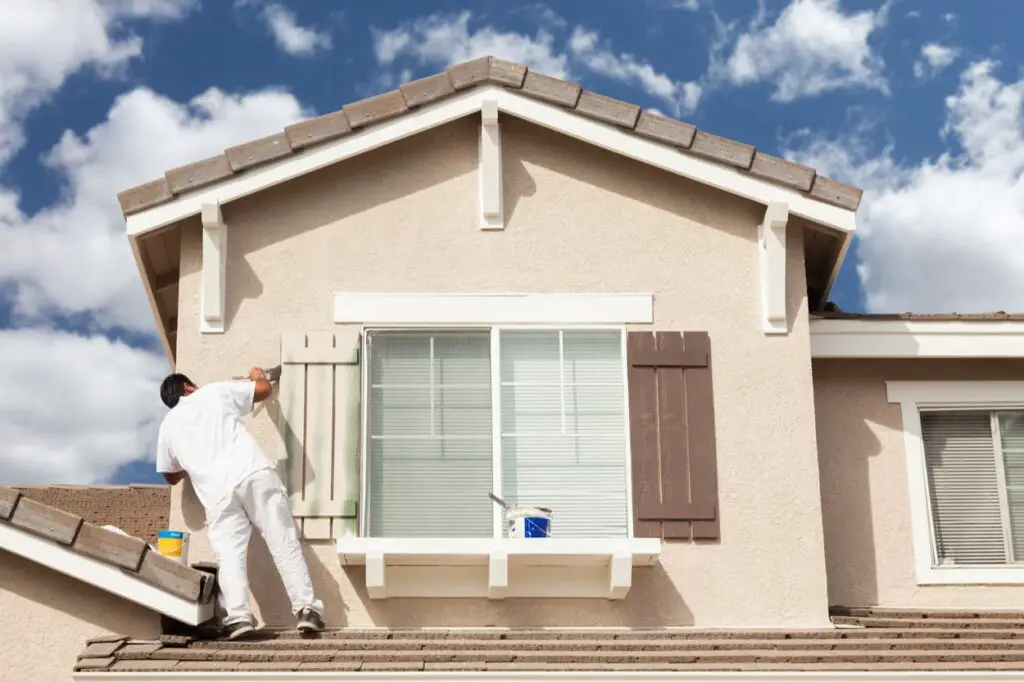
Conclusion
Several factors affect exterior paint drying time. These include paint type, weather, and surface. The majority of outdoor paints dry to the touch within hours, but it may take several days to cure and become durable. Paint kind considerably affects drying time. Water-based paints dry faster than oil-based ones. This is because oil-based paints take longer to evaporate solvents and binders. However, water-based paints dry faster due to evaporation. Consider the paint type and follow the manufacturer’s drying recommendations. Weather also affects exterior paint drying. Drying takes longer in high humidity and cold temperatures than in warm, dry circumstances. To maximize drying time, paint in warm temperatures between 50°F and 85°F. Avoid painting on rainy or humid days, as this slows drying.
The surface being painted can also affect the dry time. Porous surfaces, such as wood or concrete, may absorb the paint and require additional drying time. It is important to properly prepare the surface before painting by cleaning and priming it, as this can help improve the adhesion and drying time of the paint. Additionally, applying multiple thin coats of paint instead of one thick coat can also help speed up the drying process.
The drying time of exterior paint can vary depending on the type of paint, weather conditions, and surface being painted. It is important to consider these factors and follow the manufacturer’s instructions for optimal drying time. By doing so, you can ensure that your exterior paint job is not only aesthetically pleasing but also durable and long-lasting.



